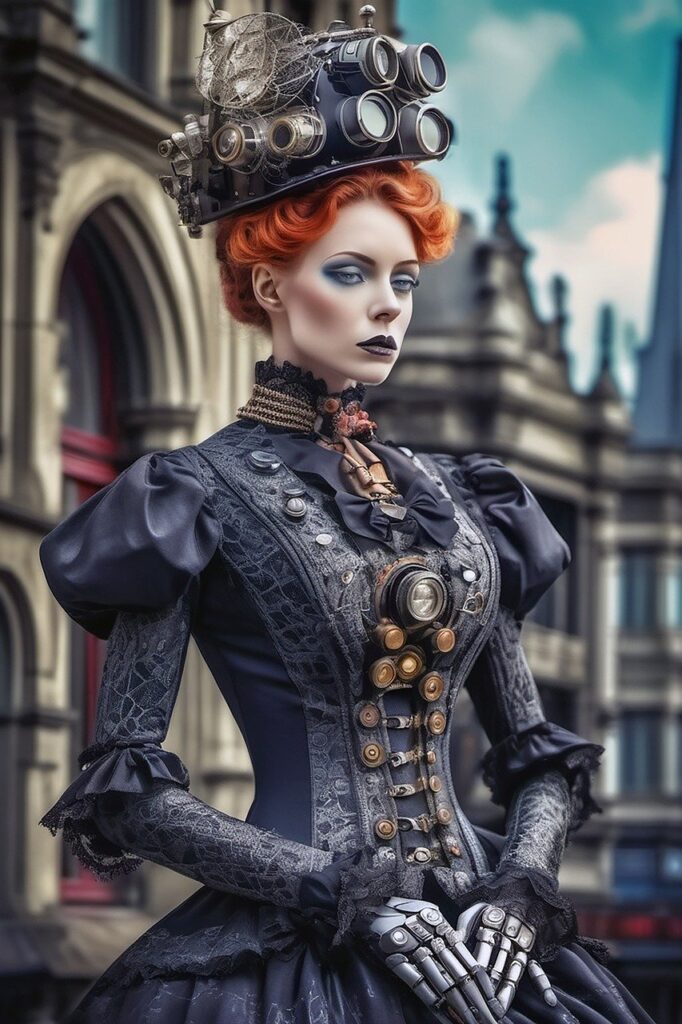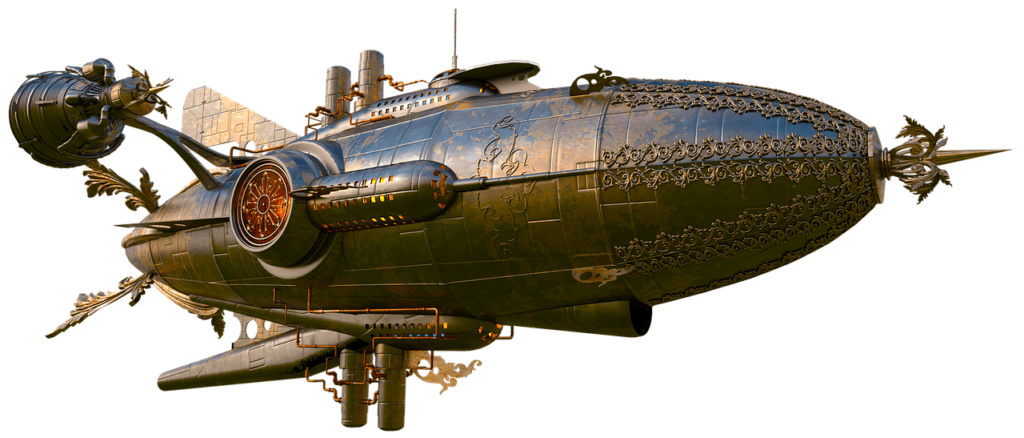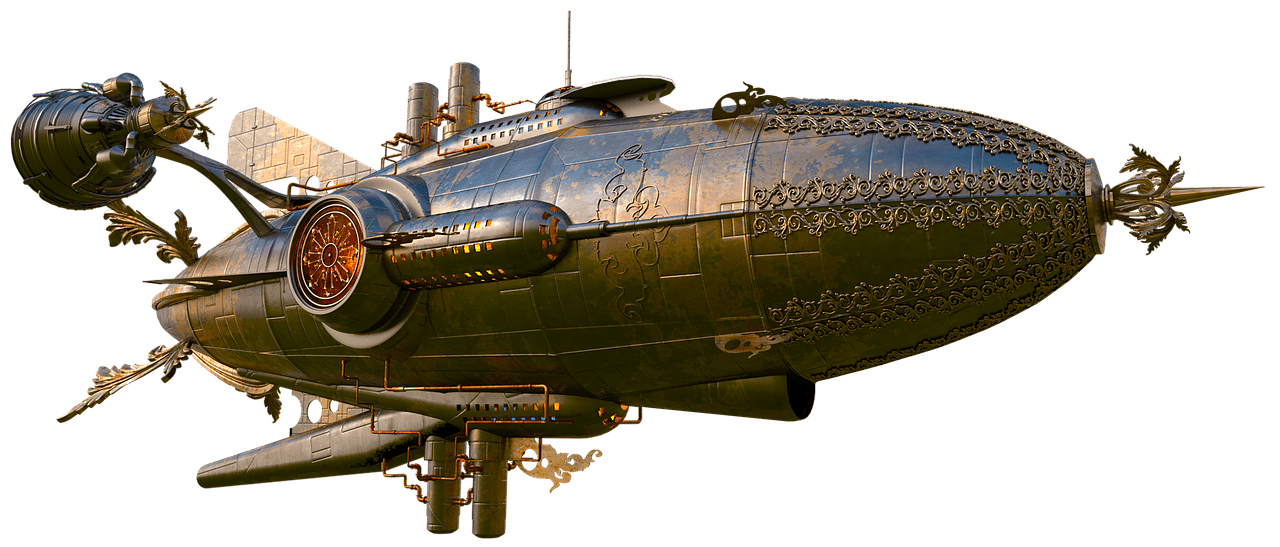Are you intrigued by the intricate world of automata? Have you ever wondered how these fascinating mechanical devices work? In this beginner’s guide, you will discover the basics of automata, from their history to how they are made and how you can start creating your own. Let’s delve into the art of automata together!
What Is Automata?
Automata are mechanical devices that imitate the actions of living beings. They are designed to move in a predetermined way when a specific input is provided. This can range from simple music boxes that play a tune when wound up to elaborate clockwork figures that perform complex movements.
Automata have a long history, dating back to ancient civilizations such as Greece and China. These early automata were often used for entertainment or religious purposes. Over time, automata evolved into more sophisticated creations, serving as both amusement and educational tools.
Why Are Automata Important?
Automata are an important part of our cultural heritage and technological evolution. They represent our fascination with replicating life through mechanical means and understanding the essence of movement.
Studying automata can also provide valuable insights into engineering, physics, and design principles. By exploring automata, you can enhance your creativity and problem-solving skills while appreciating the craftsmanship and artistry behind these ingenious devices.
Types of Automata
Automata come in various forms and designs, each with its unique characteristics and mechanisms. Here are some common types of automata you may encounter:
1. Simple Mechanical Automata
Simple mechanical automata involve basic movements like spinning, rocking, or tapping. They are often operated manually by turning a crank or pressing a button. This type of automaton is ideal for beginners looking to understand the fundamentals of automata.
2. Clockwork Automata
Clockwork automata are more complex and feature intricate designs that utilize gears, levers, and springs to create movements. These automata are usually driven by a clockwork mechanism, making them self-operating once wound up.
3. Animal Automata
Animal automata mimic the movements of real animals, such as birds, fish, or insects. These automata have lifelike features and behaviors, making them both entertaining and educational to observe.
4. Humanoid Automata
Humanoid automata are designed to imitate the actions and gestures of humans. These automata can perform various tasks like writing, dancing, or playing musical instruments. Humanoid automata often showcase exquisite craftsmanship and attention to detail.

How Automata Work
Understanding the inner workings of automata can seem daunting at first, but it’s actually quite fascinating once you break it down. Automata rely on a combination of mechanical components to create movement, such as gears, cams, levers, and springs.
Gears
Gears are essential components in automata that transmit motion from one part to another. They come in various sizes and shapes, each serving a specific purpose in controlling the speed and direction of movement. Gears work together in a coordinated manner to produce the desired mechanical action.
Cams
Cams are irregularly shaped discs or cylinders that rotate to control the movement of other parts in an automaton. When a cam rotates, it pushes against a follower, causing it to move in a predetermined path. Cams are often used to create complex motions in automata, such as waving arms or nodding heads.
Levers
Levers are rigid bars that pivot around a fixed point, known as a fulcrum. They are used in automata to transfer motion from one part to another or to amplify a force. Levers can be simple or compound, depending on the intended function within the automaton.
Springs
Springs are elastic components that store and release energy when compressed or stretched. They are commonly used in automata to power the movement of various parts. By winding up a spring, you can store potential energy that is gradually released to drive the automaton’s motion.
Cranks
Cranks are rotational devices that convert circular motion into linear motion or vice versa. They are often used in automata to generate movement when turned manually. By rotating a crank, you can set the automaton in motion and observe its mechanical workings.
Building Your Own Automata
Creating your own automata can be a rewarding and fulfilling experience, allowing you to unleash your creativity and craftsmanship. Here are some steps to get started on your automaton-making journey:
1. Choose a Design
Begin by selecting a theme or concept for your automaton. Whether it’s a whimsical animal, a mythical creature, or a dancing figure, choose a design that inspires you and matches your skill level.
2. Gather Materials
Collect the necessary materials and tools for building your automaton. This may include wood, metal, plastic, gears, springs, and other mechanical components. You can also use everyday items like recycled materials or found objects to add character to your creation.
3. Sketch Your Design
Create a detailed sketch or blueprint of your automaton, outlining the dimensions, movements, and components. This will serve as a guide during the construction process and help you visualize the final product.
4. Build the Frame
Start by constructing the frame or structure of your automaton using suitable materials. Ensure that the frame is sturdy and provides support for the moving parts and mechanisms.
5. Add Mechanical Components
Integrate gears, cams, levers, and springs into your automaton to create the desired movements. Experiment with different configurations and mechanisms to achieve the intended motion.
6. Test and Refine
Once your automaton is assembled, test the movements and functionality to identify any issues or adjustments needed. Fine-tune the components and mechanisms to ensure smooth and consistent operation.
7. Decorate and Personalize
Add finishing touches to your automaton by painting, embellishing, or customizing it to reflect your artistic vision. Consider adding details like eyes, feathers, or clothing to enhance the character and charm of your creation.

Resources for Automata Enthusiasts
If you’re eager to learn more about automata and connect with fellow enthusiasts, there are several resources available to explore:
Online Forums and Communities
Join online forums and communities dedicated to automata enthusiasts to share ideas, ask questions, and showcase your creations. Websites like The Automata / Automaton Blog and Cabaret Mechanical Theatre offer valuable insights and discussions on automata-related topics.
Books and Publications
Explore books and publications on automata history, design, and construction to deepen your knowledge and skills. Titles like “Automata and Mechanical Toys” by Rodney Peppe and “Making Simple Automata” by Robert Race provide practical guidance and inspiration for aspiring automaton makers.
Workshops and Events
Attend workshops, classes, and events focused on automata making to interact with experts, learn new techniques, and gain hands-on experience. Organizations like The MAD Museum and The Automata Maker offer workshops and exhibitions for automata enthusiasts of all levels.
Online Tutorials and Videos
Watch online tutorials and videos on automata construction techniques, mechanisms, and design tips to expand your skills and creativity. Platforms like YouTube and Vimeo host a wealth of instructional content from experienced automaton makers and enthusiasts.
Conclusion
Automata are not merely mechanical devices; they are works of art that captivate our imagination and showcase the beauty of motion. By exploring the world of automata, you can unlock your creativity, learn new skills, and appreciate the ingenuity of these mesmerizing creations. Whether you’re a beginner or a seasoned enthusiast, the art of automata offers endless possibilities for exploration and enjoyment. So, why not embark on your own automaton-making journey and bring your mechanical dreams to life?


